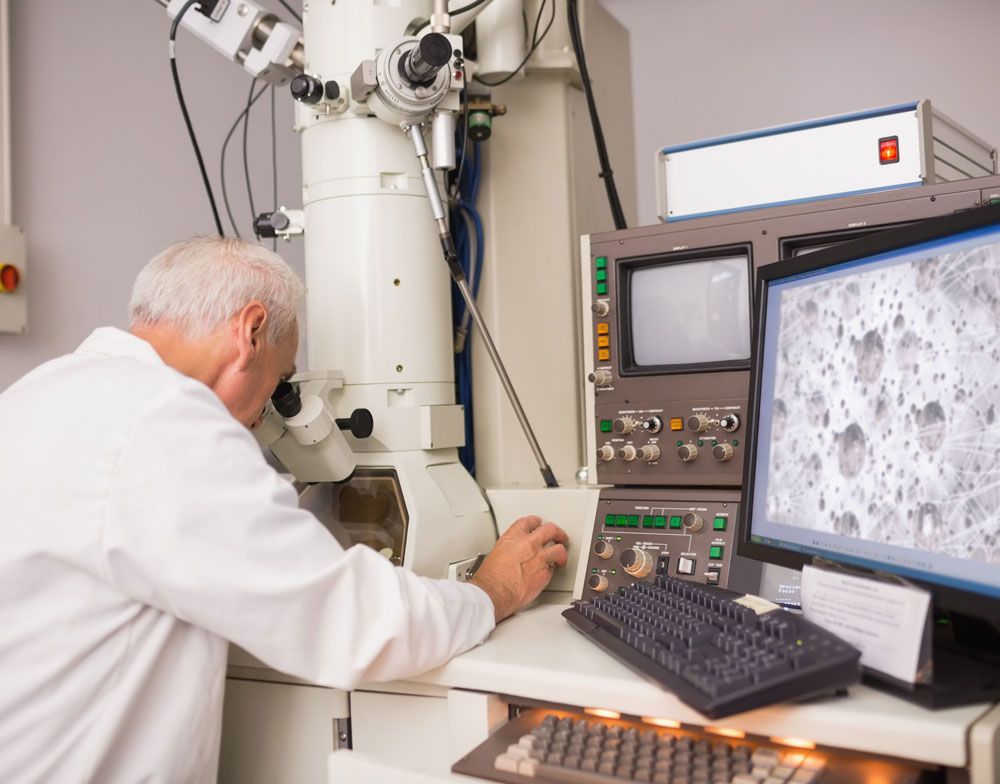Nuclear Environmental Assessment
Welcome to our Nuclear Environmental Assessment section – a dedicated space to inform and educate visitors on the importance and process of environmental assessments in the nuclear field. Here, we delve into the impacts, mitigation measures, and worldwide efforts to enhance ecological nuclear-related evaluations.
1
Understanding Nuclear Environmental Assessment
Nuclear Environmental Assessment (NEA) is a critical process that evaluates potential environmental impacts associated with nuclear activities – from nuclear power generation to waste management – and defines means to mitigate these effects. It ensures decision-makers understand the ecological implications before committing to proposed nuclear initiatives.
2
Importance of Nuclear Environmental Assessment
Given the potential for significant and long-lasting environmental impacts associated with nuclear activities, NEAs are crucial. They serve as a valuable tool to promote sustainable nuclear development, helping to protect human health and the environment by identifying potential impacts and mitigating strategies.
3
Elements of Nuclear Environmental Assessment
The primary elements of an NEA include environmental impact identification, data collection, impact analysis, public involvement, decision-making, and implementation. Each stage involves thorough study, review, and evaluation to ensure operations align with the principles of better environmental protection.
4
Risk Assessment and Mitigation
A vital part of any NEA is assessing the associated environmental and health risks and establishing appropriate mitigation strategies. This helps minimize the risk of harmful exposure to radiation or radioactive materials for workers and the public and reduces the impact on flora and fauna.
5
Legal and Regulatory Framework
NEAs are governed by a strict legal and regulatory framework formed by national and international laws, regulations, policies, and standards. Regulatory bodies ensure compliance, while international organizations like the International Atomic Energy Agency (IAEA) offer guidance and support.
6
Public Engagement
Public participation plays a vital role in the NEA process. Engaging with communities helps ensure transparency and builds trust, giving stakeholders a voice in nuclear projects that could have environmental implications.
7
Continual Monitoring and Research
Even after a nuclear project is approved, continuous environmental monitoring and research are essential to ensure it remains environmentally safe and sustainable. Advancements in research and technology continually augment NEAs, making them more precise and effective.
By understanding and familiarizing ourselves with Nuclear Environmental Assessments, we can better contribute to the discussions and actions contributing to a safer, more sustainable nuclear future. For any queries or further information, feel free to contact us. Together, we can strive for a safer and greener planet.
PHONE:
EMAIL:
ADDRESS:
123 W. Nye Lane, Suite 129 Carson City, NV 89706
All Rights Reserved | NEVNUCLAB

